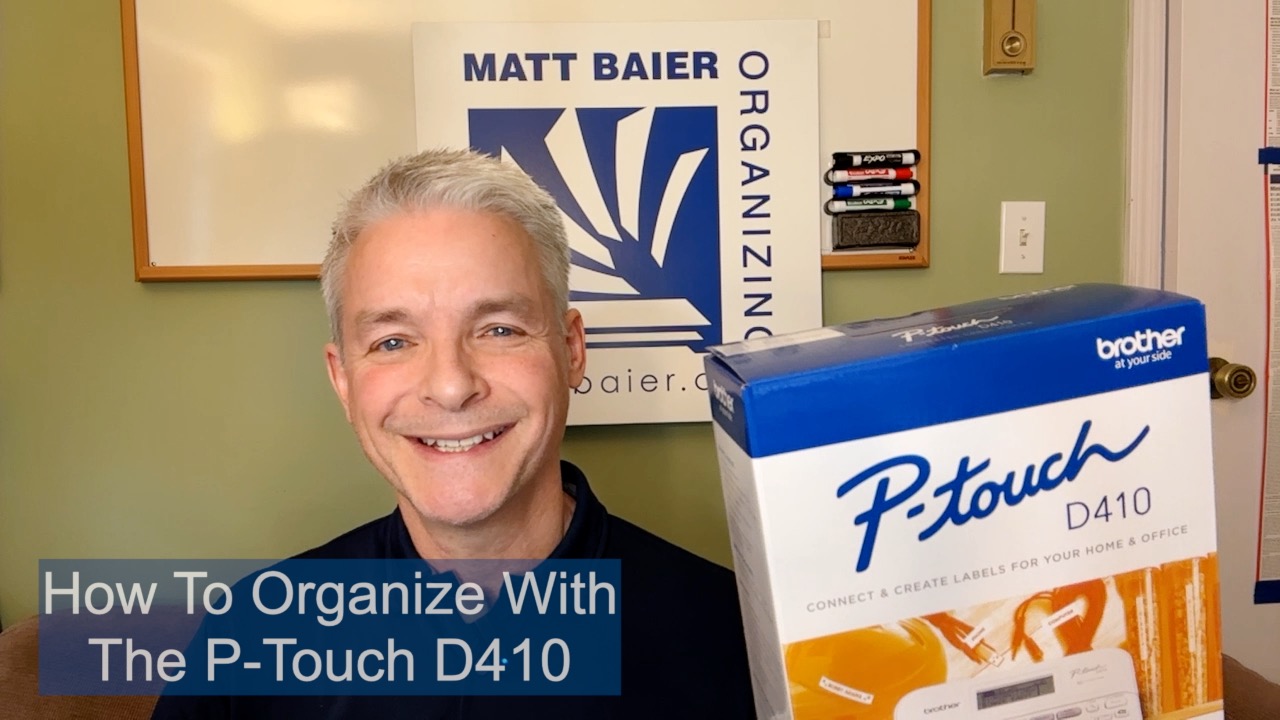Organizing Your Garage in Fairfield county is a service we are known for. This post explains how organizing your garage is something you can do yourself. Another garage organizing service in Fairfield County is Garage Living in Norwalk. They offer 35 Surprising Garage Statistics You Might Not Know. I’d like to share a few of them, but first here’s one from NAPO.
A NAPO survey found that a full 50% of homeowners name the garage as the most cluttered area in the house.
Of the 500 realtors surveyed, 79% of them agreed that garages deserved as much attention as any other space in the home when it comes to organization. 88% believe that maintaining an organized garage reflects an owner’s pride in their home. (Braun Research survey)
52% of homeowners want to have a garage their neighbors envy. (Thompson’s Company study)
“Removing junk” ranked as the top answer from people who were asked how they could enjoy their garage more. (Wall Street Journal survey)
In my last post, Downsizing Through the Garage, I talked about a process for removing “junk.” In this post I’m going to talk about getting you that organized garage your neighbors will envy.
Prioritize to Organize
For starters every garage is different. My big garage category is organizing supplies, more than you are likely to see anywhere else. That’s unusual, but it does lead me to a point. You have to prioritize to organize. Organizing supplies are an important category for my business, so I have to prioritize my storage space accordingly.
Dedicated Zones
In my last post I discussed a reviewing process in your driveway. Create a review zone that is sorted by major categories. Once they are edited, these categories will become your dedicated zones in your garage. What’s a dedicated zone? A dedicated zone is essentially a limited area of space for one category of items. Keeping this category within this limit is one of the most important habits for staying organized. Here are some common examples of dedicated zones for the garage.
- auto
- tools/utility
- painting
- gardening
- outdoors
- sports
- toys
- camping
- supplies
You may have some less common categories, like my organizing supplies.
Reviewing process
When you are reviewing what’s in your garage, use banker boxes to sort common smaller items. Look at one category at a time to see what you can get rid of.
Then move the keepers to a temporary keep zone. This way you can get a clear scorecard of how much space to reserve for each category. When choosing the best bins or shelves or any other structure, I recommend leaving a little room for growth. But once you start to exceed that limit, STOP! Do not just randomly shove the new item into another area, because you know that that other area is? It’s a dedicated zone for another category. If you continue to go down this path, you will eventually find yourself back where you started. Disorganized. By doing a systematic review, you have prioritized what’s most important to you in your garage. If an item is not fitting within it’s dedicated zone, it’s time for one of two things. Purge some of the excess OR reevaluate your priorities.
3 Types of storage
For every category in you garage you must also consider three essential types of storage:
- shelve-able
- hangable
- non-negotiable
Because there is a lot to store in the garage, you want to take advantage of the vertical space. Smaller, box-able items can go on shelves. Larger and more awkward items need to hang. But it is important to acknowledge that the garage requires a considerable amount of floor space for the non-negotiables. The most obvious example of this is the car itself. Other examples of this are:
- motorcycles
- generator
- lawn mower
- snowblower
- large toy vehicles
Choose their locations wisely, but beyond that, don’t waste your time trying to organize them. They are non-negotiable. Put all your organizing efforts into the shelve-ables and hang-ables. I will be covering your options for these two types in the next two videos.
Relocate to Dedicate
A couple more things about dedicated zones. First, you may have to relocate to dedicate. For example, after you review your categories and reprioritize, you may realize something about your back-up supplies. You need to access your back-up supplies more than your tool chest by the entry door. This is a great opportunity to rethink the tool chest position. Move it away from the door and place a set of shelves with handy supplies by the door instead.
Dedicate a surface
Finally, if you can, dedicate a spot for one clear surface. When you have room to process bins and other items, you increase your odds of staying organized tenfold. I keep a workbench and a folding table.
So we have covered purging the excess, a process for prioritization, and dedicated zones. We can now look at structure. As I mentioned there are are structures for shelve able solutions and hangable solutions. Those will be the subjects of my next two posts.
Please Share With Your Community
















